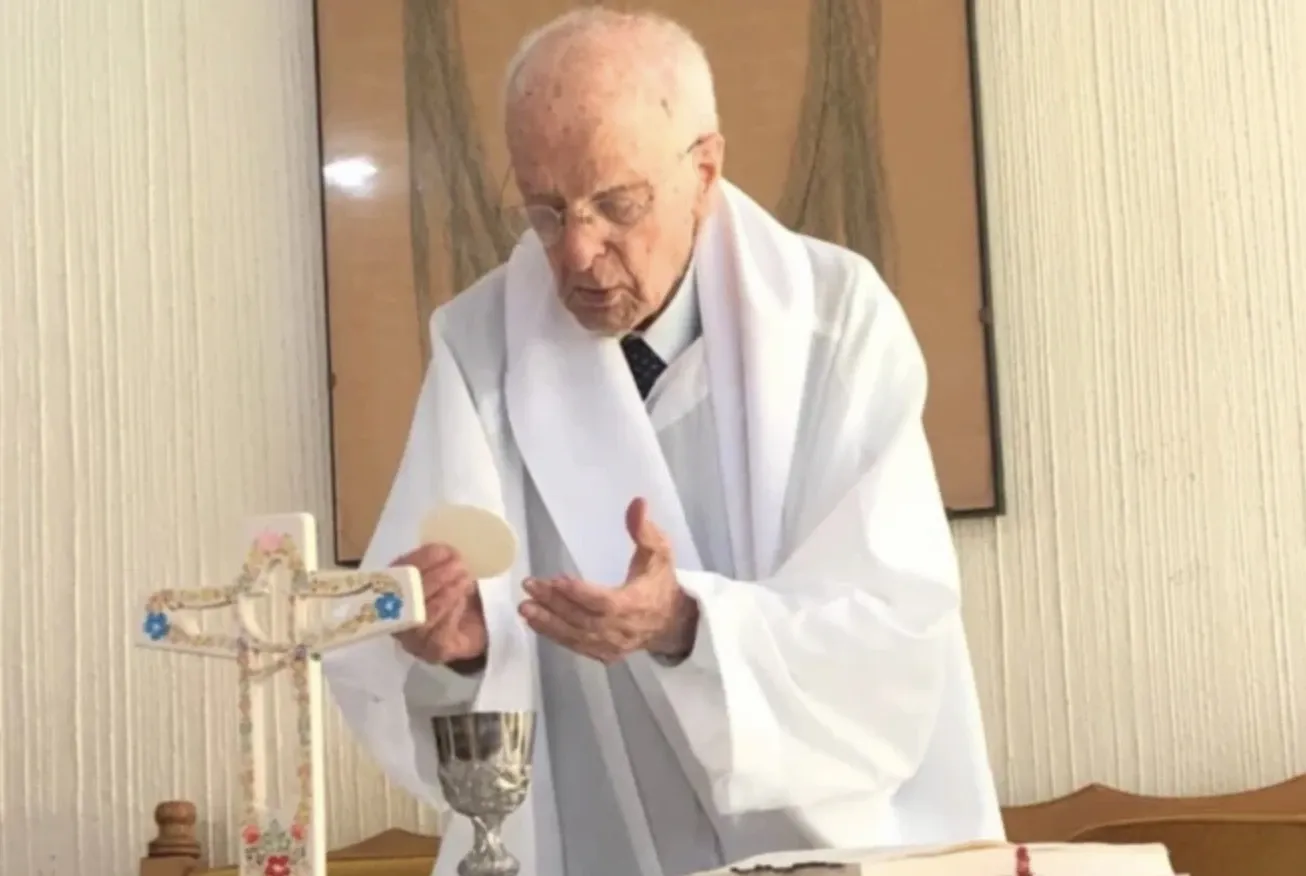As a pastoral leader, Sahagún de la Parra showed his priests “closeness and trust,” deeply caring about their personal formation. He also promoted good relations between priests and laypeople, actively involving the latter in the organizational life of the Church.
When Hurtado was appointed bishop of Tuxtepec, then archbishop of Durango, and later of Tlalnepantla, he always sought the advice of Sahagún de la Parra, who reiterated the same recommendation to remain “close to the priests, treat them with kindness, encourage them and, consequently, the laypeople as well.”
The Council period
In 1962, Pope John XXIII convened the Second Vatican Council. Despite having been a bishop for only one year, Sahagún de la Parra was called to participate in this epoch-shaping ecclesial event. He attended three of the four sessions of the council, which opened on Oct. 11, 1962, in St. Peter’s Basilica with more than 2,000 council fathers from around the world.
According to an article published by Mexican researcher and historian Father Juan Carlos Casas, some 40 Mexican bishops attended the council from 1962 to 1965.
(Story continues below)
At that time, Mexico had approximately 35 million inhabitants, 98% of whom declared themselves Catholic. The priority concerns of the Mexican bishops at the council included “the increase in vocations, the construction of churches and seminaries, the moralization of a permissive and secularized society, and the communist threat.”
Few records exist regarding Sahagún de la Parra’s participation. However, in his book ”Diocese of Tula: Notes on Its First 25 Years,” he mentions that he witnessed the collaborative work of the world's bishops ”united by the same ideals: that the Church authentically fulfill the mission of making Christ present in this phase of humanity.”
Currently, only four council fathers are still alive; in addition to Sahagún de la Parra, they are Victorinus Youn Kong-hi, archbishop emeritus of Gwangju, South Korea; Daniel Verstraete, bishop emeritus of Klerksdorp, South Africa, both 100 years old; and Nigerian Cardinal Francis Arinze, prefect emeritus of the Congregation for Divine Worship and the Discipline of the Sacraments, who is 92.
The Eucharist, the center of his life
At 103 years of age, Sahagún de la Parra remains a living testimony of faith and dedication. For Hurtado, his longevity is no coincidence, but the fruit of two essential pillars in his life: the Eucharist and contact with the people.
When Hurtado had the opportunity to visit him to celebrate his 100th birthday, he was surprised to see that his ”great capacity for hospitality” remained intact and that despite the passage of time, ”he welcomed many people, and with everyone, because lay people came to visit him, and the doors were always open to all of them.”
Sahagún de la Parra’s daily life takes place in the serenity of his home, carefully cared for by the Diocesan Sisters of Our Lady of the Angels in Michoacán.
When contacted by ACI Prensa, CNA’s Spanish-language news partner — noting that for now the bishop does not grant interviews or receive visitors — the nuns shared that the prelate ”celebrates the Eucharist daily. It’s one of the reasons that has kept him strong and joyful.”
One of the things the sisters have learned from the bishop is that ”he has invited us to live joyfully, to be generous with our lives, to live in peace, and to always ask God for his strength.”
”He has been a very generous person, who easily gives away material goods to help others,” the sisters emphasized.
This story was first published by ACI Prensa, CNA’s Spanish-language news partner. It has been translated and adapted by CNA.
Diego López Colín is a graduate of the Carlos Septién García School of Journalism (Mexico). He has been a correspondent for ACI Prensa in Mexico since 2023.







